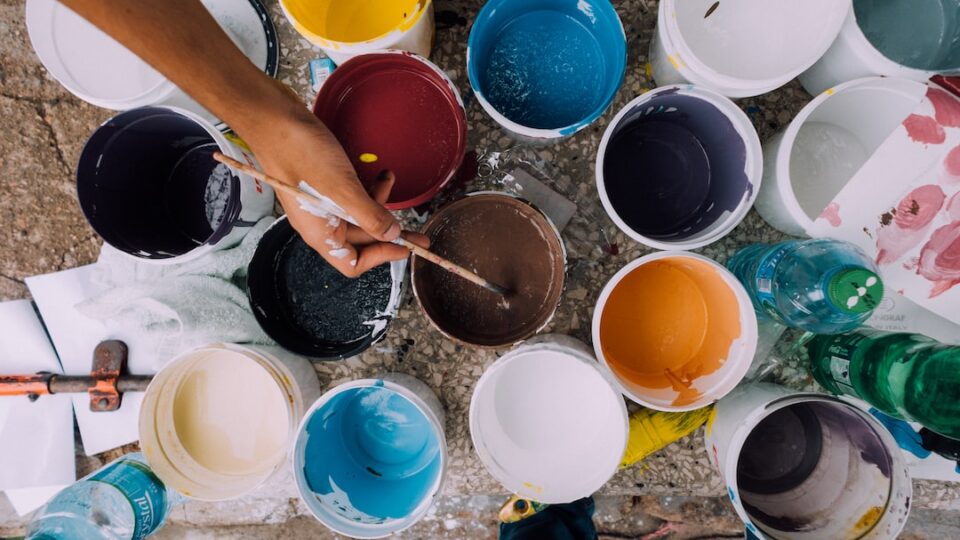Unconventional Art Materials and Their Use in Creations
Artists have long been known for pushing boundaries and exploring new possibilities. This includes the use of unconventional materials to create stunning works of art. From everyday objects to natural elements, creatives are reimagining the art-making process with unconventional materials that invite viewers to question the traditional norms of what constitutes art.
The use of unconventional materials in art is not a new phenomenon. As early as the 20th century, artists like Marcel Duchamp and Salvador Dali were incorporating everyday objects into their works, challenging notions of what art could be. In more recent years, this trend has only gained momentum, with artists continuously experimenting with new materials and techniques. Let’s explore some of these unconventional materials and their innovative use in art creation.
One popular material that has found its way into the art world is trash. Artists have been repurposing discarded items such as plastic bottles, old magazines, and even used coffee grounds to create remarkable pieces of art. Through recycling and upcycling, these artists are not only making a statement about environmental sustainability, but also creating visually stunning artworks. The transformation of discarded materials into something beautiful challenges our perception of waste and encourages us to reevaluate its potential value.
Another unconventional material that has gained significant attention in recent years is food. Artists have been using edible items like spices, coffee, candy, and even vegetables to create intricate and temporary works of art. These food-based creations often blur the line between art and gastronomy, engaging multiple senses and inviting viewers to consider the transitory nature of art and the act of consumption. Whether it be a portrait made of coffee stains or a sculpture crafted from candy, these art pieces challenge traditional notions of durability and permanence.
Nature has also become a captivating source of inspiration for artists seeking to connect with the organic world. Materials such as leaves, twigs, and flowers are being incorporated into various forms of art, from sculptures to installations. These natural elements not only add texture and depth to the works but also serve as a reminder of the beauty and fragility of our environment. By using materials sourced directly from nature, artists are encouraging viewers to appreciate and protect the world around them.
Textiles and fabric are another unconventional medium that artists are exploring to create innovative pieces. From embroidered portraits to sculptural garments, textile art challenges traditional conceptions of painting and sculpture. By using thread, fabric, and various textiles, these artists are able to convey intricate details and textures that would be difficult to achieve through traditional mediums. In addition, textile art allows for greater fluidity and dynamism, as the works can be folded, hung, or even worn, blurring the boundaries between art and daily life.
Technology is yet another avenue that artists are embracing to redefine the art-making process. The use of digital software, robotics, and even virtual reality has enabled artists to create immersive and interactive art experiences. Through the combination of traditional techniques and cutting-edge technology, artists are pushing the boundaries of what can be achieved visually and experientially. These technological advancements offer new possibilities for creativity and provide viewers with a fresh perspective on the relationship between art and technology.
In conclusion, the use of unconventional materials in art creation challenges established norms and opens up new possibilities for expression. From repurposed trash to edible art, nature-inspired sculptures to textile masterpieces, artists are continuously pushing the boundaries of what can be considered art. By incorporating these unconventional materials into their creations, artists invite viewers to question their preconceived notions and engage with art in a more immersive and thought-provoking manner. The exploration of unconventional materials not only expands the possibilities for artistic expression but also serves as a reminder of the infinite ways in which creativity can manifest.


